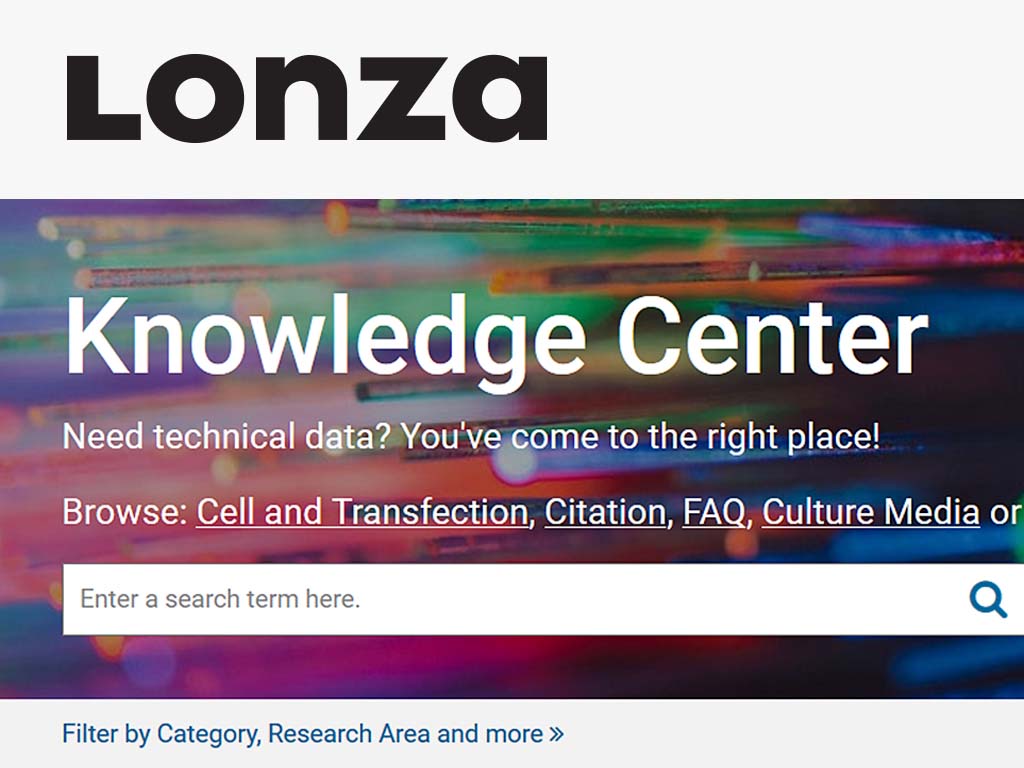MSCBM™ Mesenchymal Stem Cell Basal Medium
MSCBM™ Mesenchymal Stem Cell Basal Medium
MSCBMTM Basal Medium for culture of human bone marrow-derived mesenchymal stem cells , 440 mL
Need a different format or volume for this media product? Contact Lonza CellBio Services to discuss custom format and formulation options.
You May Also Need...
Product Overview
MSCBM Basal Medium is the basal medium component of the MSCGM human Mesenchymal Stem Cell Growth BulletKit® (catalog no. PT-3001), a serum containing medium designed to proliferate human bone marrow derived mesenchymal cells in an undifferentiated state. The serum used in Lonza’s MSCGMTM human Mesenchymal Stem Cell Growth Medium BulletKit® Medium is specifically screened to ensure that the serum neither promotes spontaneous differentiation of cells nor inhibits cell differentiation to osteogenic, chondrogenic, or adipogenic lineages (when properly stimulated with an appropriate differentiation media).
Lonza guarantees the performance of Clonetics®/Poietics® cells only if appropriate Clonetics®/Poietics® media and reagents are used exclusively and the recommended storage and use protocols are followed. Any modifications made to the recommended cell systems including the use of alternative media, reagents or protocols, will void cell and media performance guarantees.
If you need assistance in selecting the appropriate media, reagents, or protocol, please contact Lonza Scientific Support.
Request More InfoSDS, CoA, and Instructions
Safety Data Sheets (SDS)
Choose a language to view the SDS.
Certificate of Analysis (CoA)
Please enter Lot Number, including all zeros, located on the product label and please take into account that it is case sensitive.


